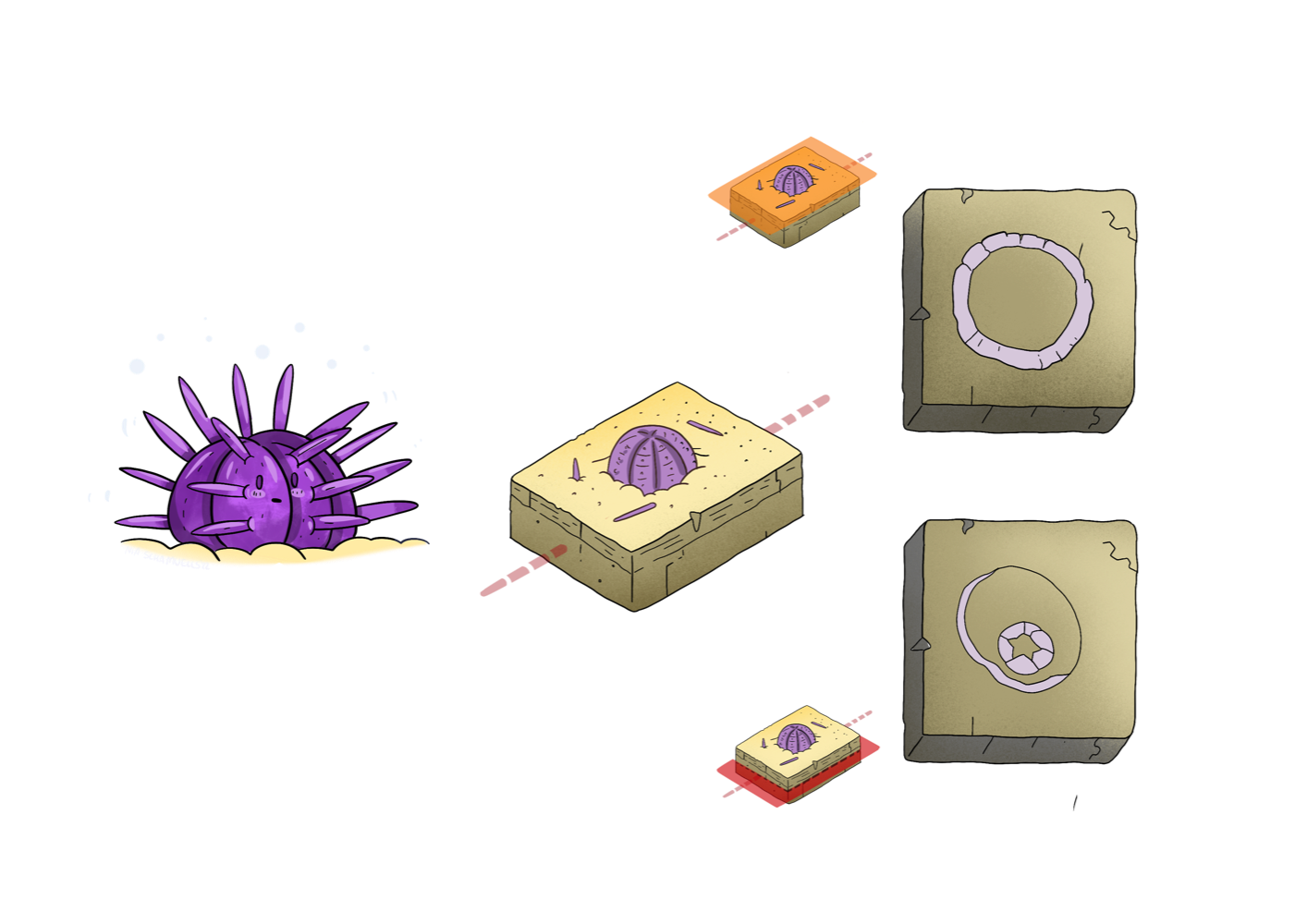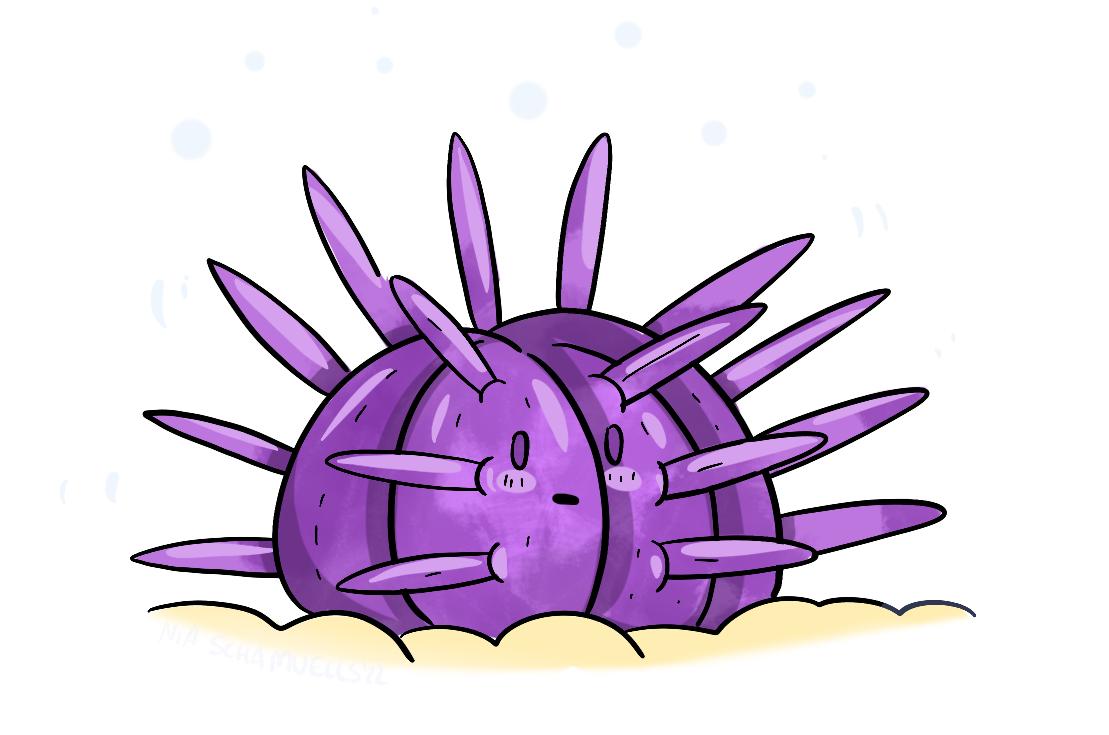Fossil echinoids, also known as sea urchins, are fascinating creatures that roamed the oceans millions of years ago. These spiny invertebrates are related to starfish and crinoids and have a distinctive spherical shape covered in a hard, calcareous shell.
Echinoids are characterized by their long, spiny appendages that radiate out from their spherical bodies. They used their spines for protection from predators and to move along the ocean floor. Echinoids also have a mouth on the underside of their body, surrounded by a ring of hard plates that they used to grind up their food.
Echinoids first appeared in the fossil record about 450 million years ago, during the Ordovician period, and they are still present in oceans today. However, many species of echinoids have gone extinct over time, leaving behind their fossilized remains in sedimentary rock formations.
Echinoids are characterized by their long, spiny appendages that radiate out from their spherical bodies. They used their spines for protection from predators and to move along the ocean floor. Echinoids also have a mouth on the underside of their body, surrounded by a ring of hard plates that they used to grind up their food.
Echinoids first appeared in the fossil record about 450 million years ago, during the Ordovician period, and they are still present in oceans today. However, many species of echinoids have gone extinct over time, leaving behind their fossilized remains in sedimentary rock formations.

Fossil echinoids are valuable to scientists for studying the evolution and ecology of ancient marine ecosystems. By analyzing the size, shape, and distribution of echinoid fossils, researchers can learn about past ocean temperatures, nutrient availability, and other environmental conditions. Fossil echinoids can also help geologists date rock formations and reconstruct ancient environments.
In addition to their scientific value, fossil echinoids are also prized by collectors for their intricate and beautiful shell structures. These ancient sea creatures offer a window into the history of our planet and serve as a reminder of the incredible diversity of life that has existed on Earth.
In addition to their scientific value, fossil echinoids are also prized by collectors for their intricate and beautiful shell structures. These ancient sea creatures offer a window into the history of our planet and serve as a reminder of the incredible diversity of life that has existed on Earth.
